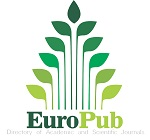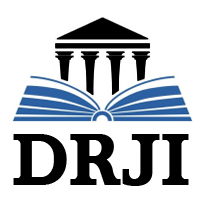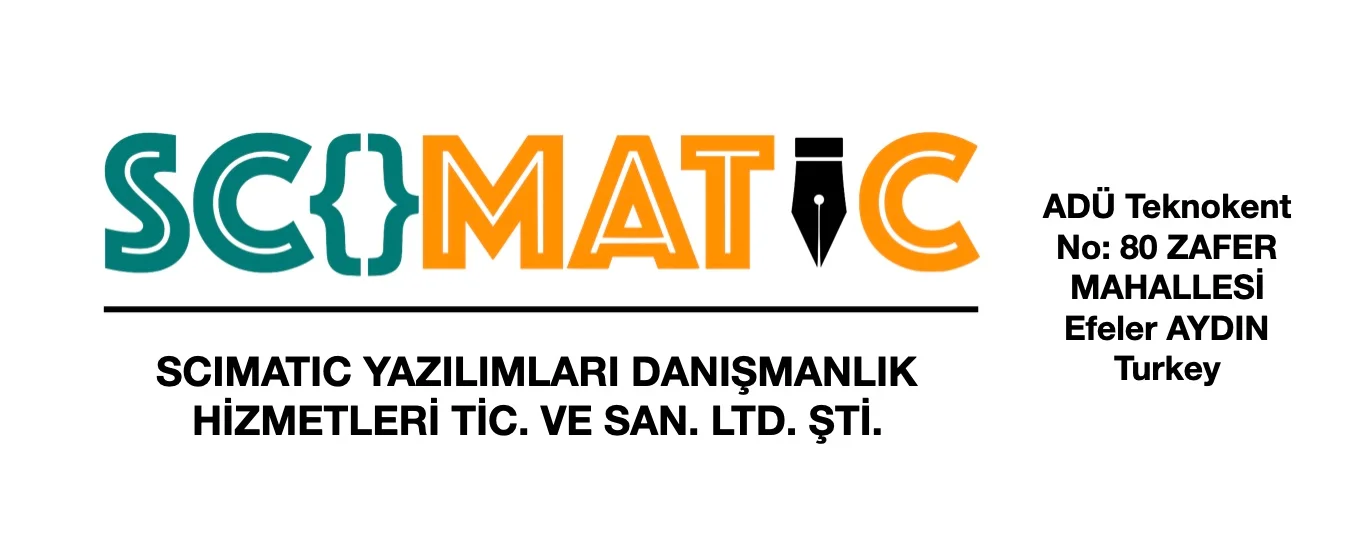Rights of Persons with Disabilities: A Comparative Study of Pakistani, Islamic, and International Law
Keywords:
Disability Rights, International Law, Islamic Law, Legal Protections, Pakistani Law, Persons with Disabilities, Social InclusionAbstract
This paper reports on a study of disabled people with respect to law. It explores their attitudes towards their condition, others’ attitudes, its impact on their lives, and the extent to which they considered themselves as disabled. Disabled persons were variously interpreted within biomedical, folk and religious paradigms. In line with popular understandings, participants associated disability with stable, permanent and visible physical impairments and did not consider themselves as disabled. However, they also recognized a social dimension to their experience. Much of the distress and disadvantage they experienced was socially determined, both through direct prejudice and discrimination, and indirectly through a fear of others’ negative reactions. However, the invisible and unpredictable nature of disability meant that they could conceal their condition and thereby mitigate its social effects. ‘Disability’ was not experienced as a static and permanent state but as a potential identity that was both contingent and contested. Literature portrays people moving from biomedical to social interpretations of disability. However, the tensions experienced by people in the study were more between competing religious interpretations of their condition and, to some extent, between religious and medical approaches. Conceptions of disability, which are presented in the literature as antagonistic and mutually exclusive, were experienced as different dimensions reflecting the complexity of experience. The paper concludes by suggesting that for many people, for whom disability is an ambiguous, contingent and contested identity, public self-identification as disabled is an unrealistic goal. Rather than conceiving of disability as primarily physical or primarily social, it would be better construed as a complex interweaving of multiple factors physical, environmental, socio-cultural and psychological factors.























